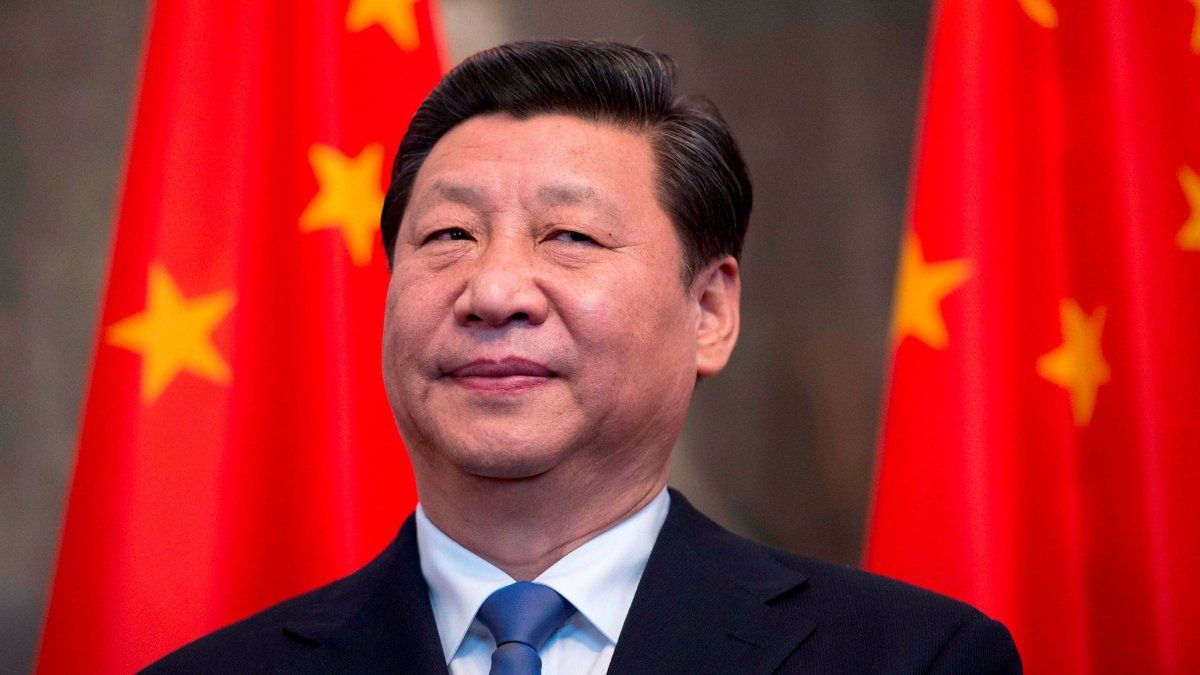He The National Institute of Statistics and Censuses (INDEC) will release this Thursday the Consumer Price Index (CPI) data for Septemberwhich is expected to be double digits, although lower than that of August, which was 12.4%, and, as Ámbito learned, it is likely that the Central Bank (BCRA) will define a rate increase in a context of exchange rate overheating.
An increase would be in line with what was indicated in the regulator’s latest Monthly Monetary Policy Report, which was published this Monday and where The BCRA anticipated that “it will continue to calibrate its policies in a context of greater volatility in the financial markets associated with the electoral period.” About, stated that, in terms of interest rates, will act within its structural objective of tending towards positive real returns on investments in local currency and favoring the accumulation of reserves.
It seemed like a preview of his upcoming decision to adjust rates. But the final definition will be known after the usual board meeting this Thursday and some discussions still persisted in the entity. Although there are doubts in the market about this, the truth is that the inflation data corresponding to the ninth month of the year will leave the yield of the traditional fixed term (which is 9.7%) in negative territory once again and that is why that The BCRA would raise it so that it is not so far behind the CPI.
And, as he explains Rocio Bisangeconomist at Eco Go, told this medium, “carrying out rate policy is the most common when seeking to lower inflation as it reduces the surplus of pesos circulating in the economy and prevents it from leaking into the dollar.”
In the same sense, the director of the Analytica Consulting Claudio Caprarulo considers that “in the face of the acceleration of inflation, a response from the Central Bank is necessary, therefore, If you decide to raise the rate, it is a move in the right direction”.
Dollar: a challenging scenario for the BCRA
However, recognize that we are in a scenario of great uncertainty in which having a positive real interest rate does not guarantee that savers will not decide, in any case, to dollarize their portfolio.
And Bisang assures that, “given the current context, in which there is a strong search for coverage against the uncertainty generated by the elections, the effectiveness of a rate increase as an anchor can be quite limited.”
Thus, it anticipates that, although It is a valid measure and a sign of reaction on the part of the Government to the problemthe situation is quite complex and points out that “doubts about what will happen to the debt in pesos and the dollar after the elections may be elements that reduce the effectiveness of the measure.”
For its part, Federico Zirulnickeconomist at the Scalabrini Ortiz Center for Economic and Social Studies (CESO), anticipates that inflation data will show a slowdownso the BCRA could leave the rate unchanged, just as it did last month, even with a higher-than-expected price indexation for September.
Fixed term: a rate adjustment in line with inflation
The issue is that, although it is true that inflation slowed down throughout September, Camilo Tiscorniadirector of CyT Asesores Economicos, mentions that, “in October, due to exchange rate volatility, it seems to accelerate again” and that, added to a complex exchange rate expectation, presupposes a challenge for the BCRA.
The blue dollar rose 20% in three days and is trading above $1,000 and financials are also at high values, with a MEP around $833 and a Cash With Settlement (CCL) above $930. Likewise, the gaps with the official dollar are at high levels (around 150%).
In that context, it is expected that it will be driven to raise rates this month. However, Caprarulo mentions that “The increase has to be balanced because it must also take into account the impact it will have on the quasi-fiscal deficit”, which depends on the yield applied to the liabilities of the BCRA (the famous Liquidity Letters, Leliq, which has been talked about so much recently). And he warns, in that sense, that raising the rate further can be very costly.
Let us remember that, in August of this year, after the post-STEP devaluation of 22% that the Government implemented, The Central Bank applied a new rate increase of 21 percentage points and set the yield of the Leliq at 118% (for those that are for 28 days) and by 120% (for those that are for 180 days). These letters are the support for the fixed terms for which banks offer savers an average rate of 9.8% monthly (TNA 118% and TEA 209%).
The expectation is that the BCRA will resolve a rate adjustment that could be between 400 and 700 percentage points.which would take it around 122% and 125% (with a return of around 10% monthly).
Source: Ambito
I am a 24-year-old writer and journalist who has been working in the news industry for the past two years. I write primarily about market news, so if you’re looking for insights into what’s going on in the stock market or economic indicators, you’ve come to the right place. I also dabble in writing articles on lifestyle trends and pop culture news.




